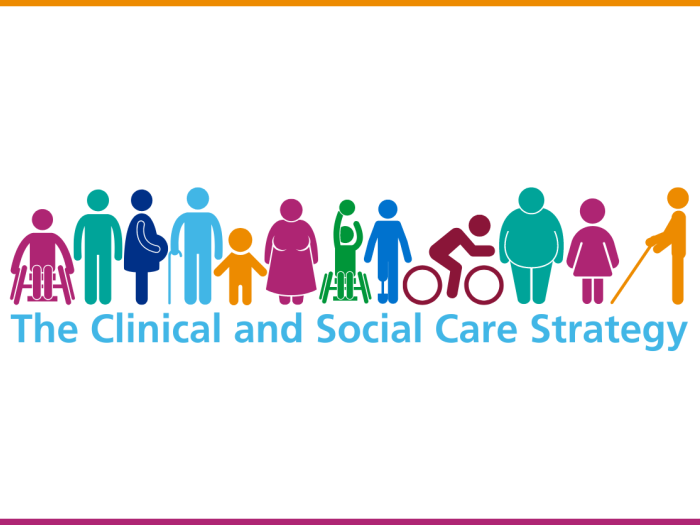In this blog our Clinical and Social Care Strategy implementation team takes a look at an example of person-centred care from the Sheffield Adult Autism and Neurodevelopmental Service (SAANS).
Our Clinical and Social Care Strategy includes four key strands about the care we want to give:
- Person-centred and strengths-based
- Evidence-led
- Trauma-informed
- Coproduced
We are looking to showcase areas of good practice in SHSC where teams are following these principles either through existing practice or changes to service delivery.
The Sheffield Adult Autism and Neurodevelopmental Service (SAANS) is a great example of the first of these strands - being person-centred and strengths-based.
The Clinical and Social Care Strategy may still be relatively new, but SAANS has in fact had person-centred care at the heart of its philosophy for the last 10 years.
The team is one we can highlight as a great example of what we want to achieve right across SHSC, and one we can learn from as the themes from the strategy are further embedded in practice across more teams in SHSC.
This care was exemplified in one recent piece of service user feedback.
Person-centred care in action
The experience this service user had prompted them to send a hand-written card directly to the autism assessor they met:
“Thank you so much for the assessment. The way you were with me really helped me work through the questions. You seemed really kind and calm and made me feel it was okay to be me even though I was really struggling at the start. You had a human-ness about the way you did the assessment that made it feel like a therapeutic experience. Allowing me to tell my story and being compassionate in your response made it a positive experience for me. I also like the handout where it says the positives as well as the negatives about being autistic. I do feel differently because of the diagnosis I feel more confident to make the changes I need to reduce stress and overwhelm. I also got more insight into how many things are due to autism such as perfectionism and different kinds of rigid thinking.
“Thank you so much”
The service user was seeing SAANS for the first time. This was for a long three-hour assessment to determine whether they were autistic.
Although the assessment could be seen as a ‘medical’ procedure, the SAANS team makes sure it meets the needs of an autistic person as well as possible.
The environment is designed to be suitable for people who have sensory considerations and needs. Along with this, all staff, clinical and non-clinical, are aware of communicating at the appropriate level.
The clinicians are skilled at building up a good rapport with service users very quickly. This is done by making any reasonable adjustments and then really listening to the service users’ responses without judgement.
Service users often comment that this is the first time in their lives that they have been properly listened to.
Although service users have to report difficulties or differences in their way of thinking and behaving in order to meet the criteria for a diagnosis, the clinicians also pay attention to the person’s strengths.
This is one example but a person-centred approach has long been at the core of the work done by SAANS. There is a focus on this from the staff recruitment process through to shadowing sessions, multidisciplinary team meetings and supervision – all ensuring the approach is thoroughly embedded in the team.
SAANS is a service we can learn from as we embed the strategy throughout our Trust.
Find out more
If you are interested in finding out more about the strategy and what it could mean for you or your teams, please contact pmo@shsc.nhs.uk
Thank you for your input,
The Clinical and Social Care Strategy implementation team
